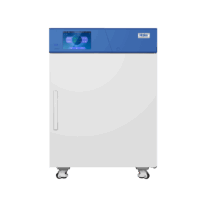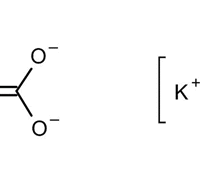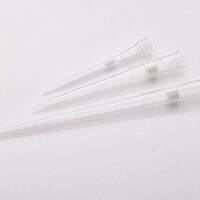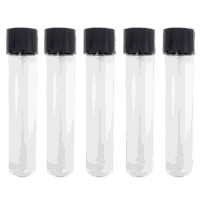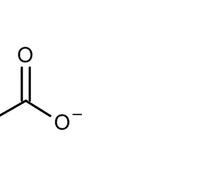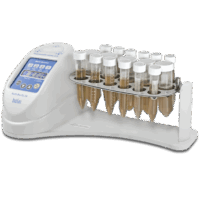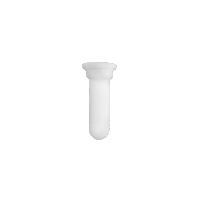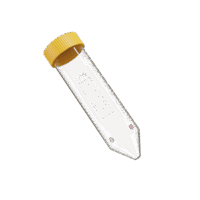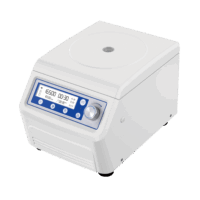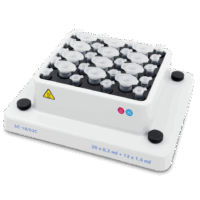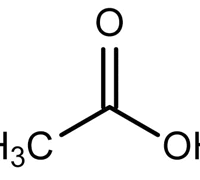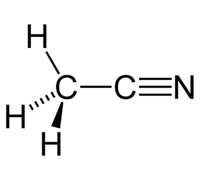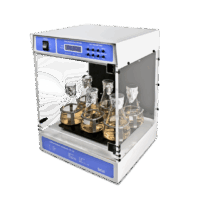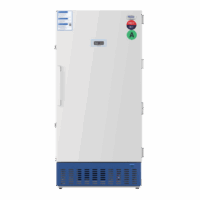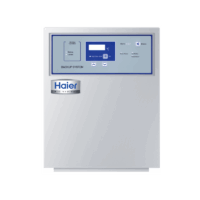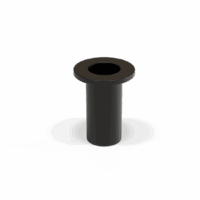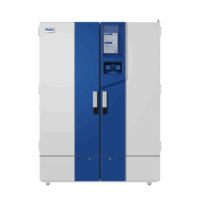Ingredient g/L
Tryptone 15.00
Soya peptone 5.00
Sodium chloride 5.00
Agar 15.00
Final pH (at 25°C):7.3 + 0.2
Direction :
Suspend 40 grams in 1000 ml distilled/purified water. Heat to boiling to dissolve the medium completely.
Sterilize by autoclaving at 15 lbs pressure (121°C) for 15 minutes. If desired, aseptically add 5% v/v defibrinated blood in previously cooled medium to 45-50°C for cultivation. Mix well and pour into sterile Petri plates.
Principle
The medium with addition of blood provides perfectly defined hemolysis zones, while preventing the lysis of erythrocytes due to its sodium chloride content.It's simple and inhibitor-free composition makes it suitable for the detection of antimicrobial agents in the food and other products.The combination of tryptone and soya peptone makes this media nutritious by providing amino acids and long chain peptides for the growth of microorganisms. Sodium chloride maintains the osmotic balance.
Type of specimen : Pharmaceutical samples, Clinical samples- urine, faeces, abscess etc. Specimen Collection and Handling:
For clinical samples follow appropriate techniques for handling specimens as per established and current guidelines of clinical microbiology. For Pharmaceutical samples, follow appropriate techniques for sample collection,handling and processing as per standard and current guidelines of pharmacopeias. After use, contaminated materials must be sterilized by autoclaving before discarding.
QC Tests
(I) Dehydrated Medium
Colour: Cream to light yellow
Appearance: Homogeneous Free Flowing powder
(II) Rehydrated medium
pH (post autoclaving/heating): 7.3 ± 0.2
Colour (post autoclaving/heating): a) Llight yellowb) After addition of5-7%w/v sterile defibrinated blood : Cherry red
Clarity (post autoclaving/heating): a) Clear slightly opalescentb) Opaque
(III) Q.C. Test Microbiological
Cultural characteristics was observed after an incubation for Bacterial at 30-35°C 18-24 hours and for Fungal at 30-35°C <=5days.
MICROORGANISM (ATCC ) GROWTH W/ BLOOD HAEMOLYSIS
Bacillus subtilis (6633) Luxuriant None
Staphylococcus aureus (6538) Luxuriant β
Staphylococcus aureus (25923) Luxuriant β
Escherichia coli (25922) Luxuriant None
Escherichia coli (8739) Luxuriant None
Escherichia coli (NCTC9002) Luxuriant None
Escherichia coli (11775) Luxuriant None
Escherichia coli (NCTC13167) Luxuriant None
Pseudomonas aeruginosa (10145) Luxuriant None
Pseudomonas aeruginosa (27853) Luxuriant None
Pseudomonas aeruginosa (9027) Luxuriant None
Salmonella Abony (NCTC6017) Luxuriant None
Micrococcus luteus (9341) Luxuriant None
Streptococcus pneumoniae (6305) Luxuriant None
Salmonella Typhimurium (14028) Luxuriant None
Enterococcus faecalis (29212) Luxuriant None
Candida albicans (10231) Luxuriant None
Candida albicans (2091) Luxuriant None
Clostridium perfringenes (13124) Luxuriant None
Aspergillus brasiliensis (16404) Good-Luxuriant None
Use
It is a general-purpose medium used for cultivation of a wide variety of microorganismsfrom clinical and non-clinical samples and for sterility testing inpharmaceutical procedures.
Storage
Dehydrated medium- below 30°C Prepared medium– Between 2 to 8°C
| CAS No. | |
|---|---|
| Packing | 500 G |
Related Products
Recently Viewed
Products Best Selling
Products Favourite
SOYABEAN CASEIN DIGEST AGAR (TRYPTONE SOYA AGAR)
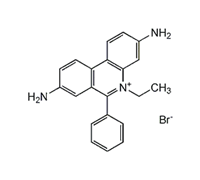 ETHIDIUM BROMIDE AR
ETHIDIUM BROMIDE AR 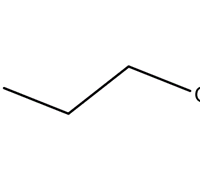 2-MERCAPTO ETHANOL FOR SYNTHESIS
2-MERCAPTO ETHANOL FOR SYNTHESIS 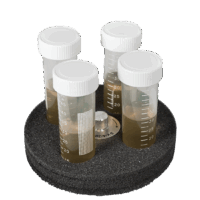 Platform SV-4/30
Platform SV-4/30 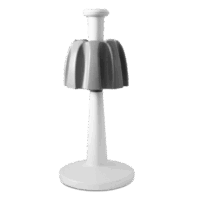 Multiple stand
Multiple stand 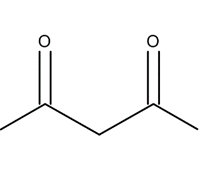 ACETYL ACETONE AR
ACETYL ACETONE AR 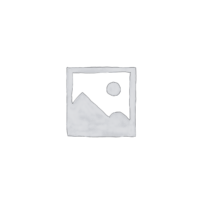 CALCIUM STANDARD SOLUTION FOR ICP - 1000 mG/L IN HNO3
CALCIUM STANDARD SOLUTION FOR ICP - 1000 mG/L IN HNO3 
